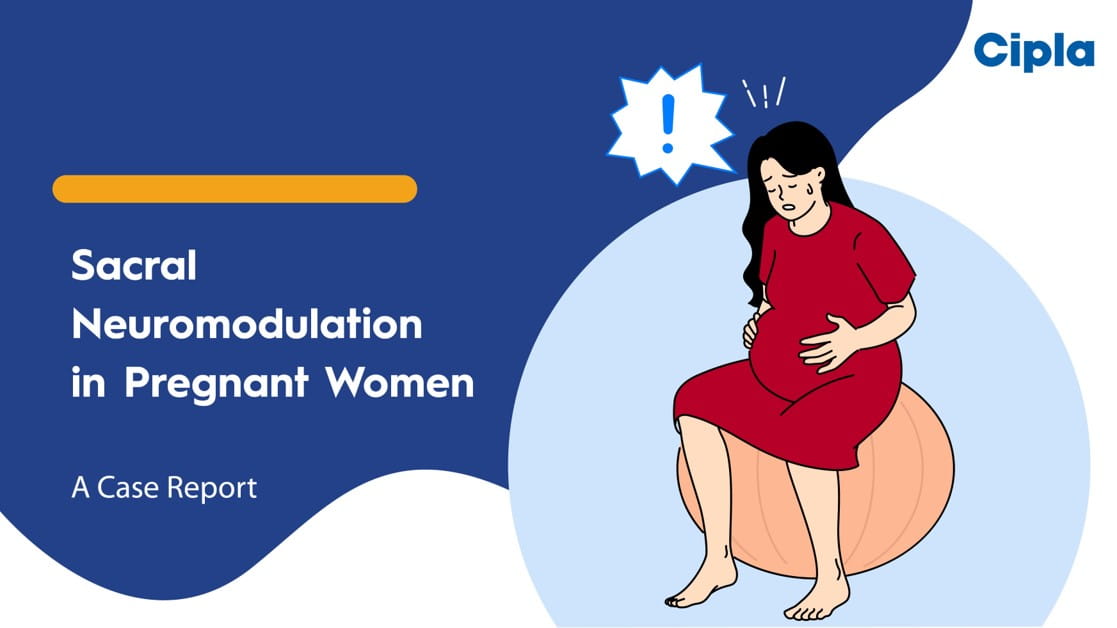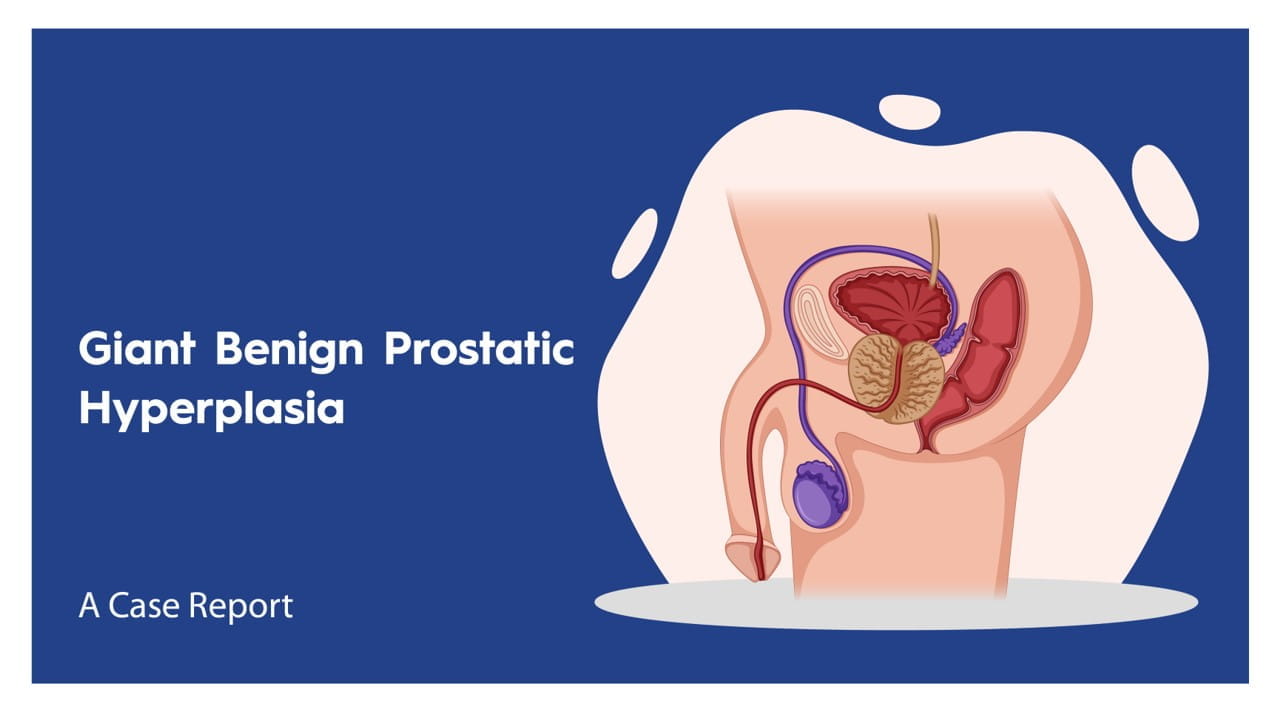AUA 2025: Next-Gen Solutions in Urology: Integrating Innovative Treatments for OAB and BPH into Practice
Panelist: Dr David Staskin and Dr David Sussman
Introduction:
In the session panelist interacted with the audience and discussed on emerging pharmacologic treatments for Benign Prostatic Hyperplasia (BPH) and Overactive Bladder (OAB) provoking thought among the clinicians regarding their current treatment practices. It also underlined the significance of clinical evidence in formulating treatment approaches and encouraged the exploration of new treatment strategies for managing common urological conditions.
Case Scenarios and Discussion:
- Patient Case - Mrs. Restrume: A 50-year-old female with a 4–5-year history of frequent urination, urgency, and occasional urge incontinence with a normal physical exam and urinalysis was suggested OAB treatment. 64.4% audience approved treatment with anti-cholinergic or beta-3 agonist (suspecting OAB), while 25.4% recommended habit training & reassurance, with some recommending estrogen therapy due to the possibility of vaginal atrophy.
- Patient Case - Mr. Restrume: A 50-year-old male presented with symptoms mirroring those of Mrs. Restrume. The presence of a prostate influenced some audiences to consider alpha blockers, with no evident OAB symptoms. The treatment approach for men with OAB symptoms, especially in cases with a risk of urinary retention was discussed. According to EAU guidelines, if post-void residual (PVR) volume is less than 50 cc, OAB medications may be prescribed first. 51.4% audience approved treatment with anti-cholinergic or beta-3 agonist (suspecting OAB) while 39.2% approved alpha-blocker or alpha-reductase inhibitor (suspecting BPH).
- Patient Case – Felix: A 65-year-old male with uncontrolled diabetes, mild hypertension, and mild sleep apnea presented with classic lower urinary tract symptoms (LUTS). After a partial improvement on tamsulosin, further evaluation showed a bladder wall thickness of 3.5 mm and trace glucose in urinalysis. Many attendees advocated treating diabetes and sleep apnea for nocturia and storage issues. The panelist recommended OAB medication for symptoms, alongside managing comorbidities.
Approach to BPH and OAB in Men:
- Men with good urinary flow but sustained OAB symptoms may benefit from medication like antimuscarinics or beta-3 agonists.
- Urologists were suggested to consider both BPH and bladder physiology when male LUTS were being treated, as bladder dysfunction may be overlooked if the focus is only on the prostate.
- The utility of diagnostic tools like the International Prostate Symptom Score (IPSS) and the American Urological Association (AUA) symptom score, was discussed along with their limitations.
Audience Interaction and Key Discussion Points
- Audience noted that patients often struggle to accurately report LUTS, further reinforcing the need for a voiding diary.
- Only 14% documentation of IPSS/AUA scores was revealed by AQUA registry, challenging the assumption of widespread usage in clinical practice.
- Some clinicians admitted that prior scores were not consistently referenced during follow-ups, while they were used by others to assess treatment response, particularly after alpha blockers or OAB therapies had been started.
- A case-based poll revealed varied prescribing behaviour. Alpha blockers were opted for few men with irritative symptoms, others were held off by some clinicians without stronger voiding symptoms.
- The under-treatment of OAB in men was highlighted by the panel and the need for considering medications like antimuscarinics or beta-3 agonists when storage symptoms predominate was stressed.
- It was observed by some urologists that surgery (e.g., TURP) was often expected by patients earlier than required. It was advised by panelists that surgery was the last resort and patient’s expectations be managed from the outset.
- The panel referenced the 2024 EAU guideline update, with an emphasis placed on a more comprehensive approach to OAB and LUTS treatment, particularly in men, by focusing on symptom clusters rather than solely on anatomy.
- The wording of IPSS (e.g., “1 in 5 times”) was deemed confusing for patients, irrespective of literacy level, thus limiting its real-world applicability.
Teaching Points:
- Experts highlighted that treatment decisions should not be driven by symptom count alone. The primary guide must be the bother index.
- In cases of mixed LUTS, distinguishing between purely BPH or OAB might be challenging. The experts discussed how symptoms often overlap, requiring a tailored, layered treatment approach.
- While urodynamics is regarded as a useful diagnostic tool, low application in clinical practice is seen. Experts noted that urodynamics could be helpful in clarifying complex LUTS, particularly when symptom response to alpha blockers or other therapies is suboptimal.
- A possible indicator of chronic bladder changes due to obstruction or longstanding OAB could be a bladder wall thickness of 3.5 mm. While it is not diagnostic on its own, changes in bladder wall thickness can provide clues that aid in treatment decision-making.
- It was pointed out by the experts that comorbid conditions, poorly controlled diabetes and sleep apnea, could exacerbate urinary symptoms, such as nocturia and frequency.
Management Strategies:
- A multifaceted approach was encouraged when all symptoms were not resolved by alpha blockers, with beta-3 agonists and antimuscarinics being recommended as add-on therapies for persistent storage symptoms. Extended treatment was suggested to address both voiding and storage components for identified mixed LUTS to optimize patient outcomes.
- It was advised that surgical intervention be viewed as a last resort, particularly for patients unresponsive to medical therapy. The need for setting realistic expectations was emphasized, as many patients may continue to experience OAB symptoms even after procedures like MIST, TURP, or HOLEP. Patients should be counselled that post-operative bladder symptoms may persist and further treatment may still be required.
- Drug-drug interaction was cautioned, especially in elderly patients on polypharmacy. Mirabegron was cited as a drug that may interact with paroxetine (due to CYP2D6 interactions), while vibegron was preferred in such settings due to fewer drug interactions.
- The importance of non-pill formulations, such as vibegron was highlighted for patients with difficulty swallowing pills or who are contraindicated for anticholinergics. Behavioral therapy was advised as an adjunct or alternative depending on patient preferences and symptom severity.
Conclusion:
The session emphasised the importance of an individualized management approach for both BPH and OAB. Clinicians are encouraged to focus on symptom-specific treatment while considering both pharmacological and non-pharmacological strategies.
American Urological Association 2025, April 26-29, Las Vegas, NV




